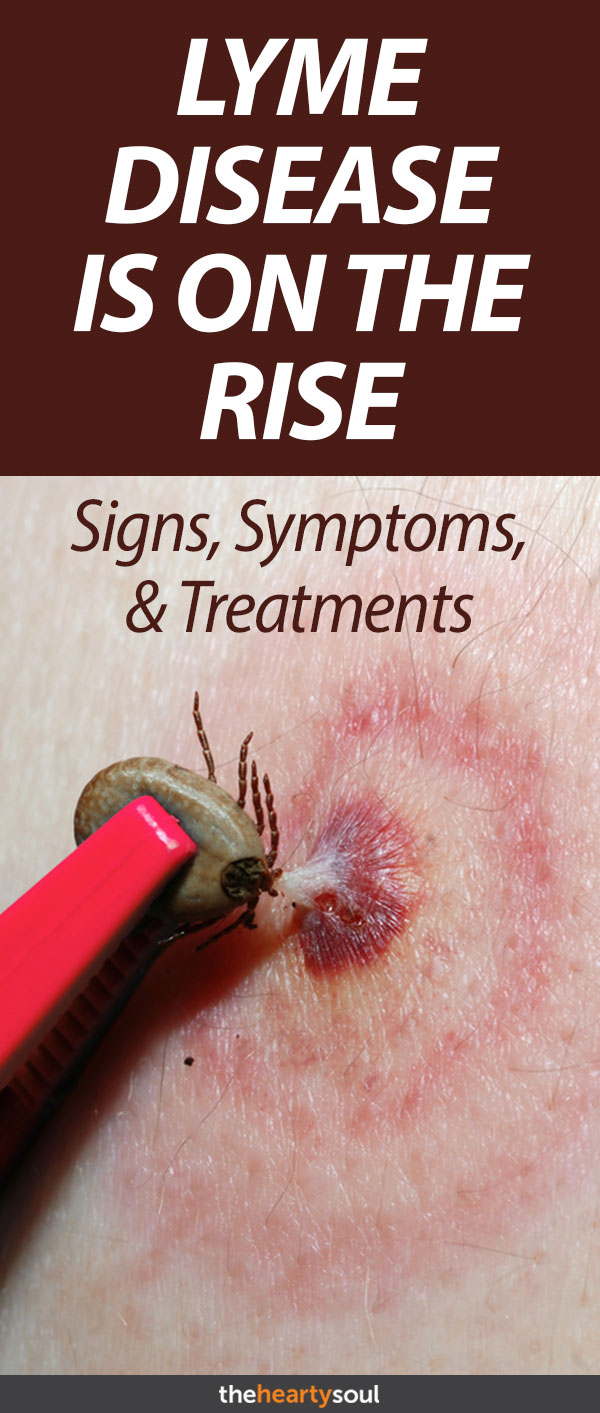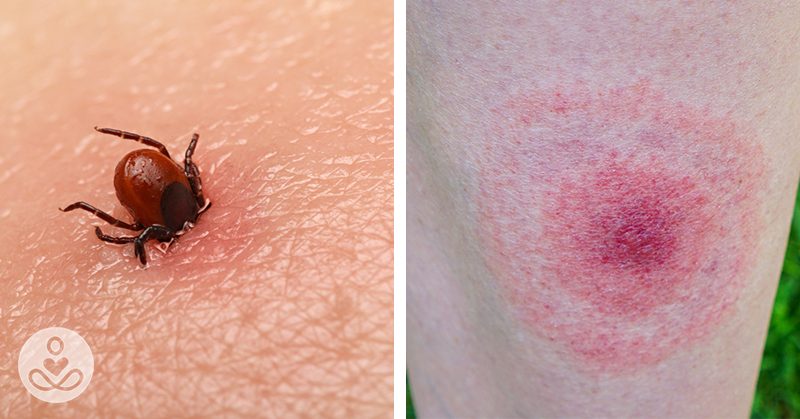In countries like USA and Canada, we don’t often worry about getting diseases from insect bites. For example, malaria is one of the world’s most dangerous diseases. Over half of the world’s population is at risk of mosquito-borne disease, but in North America, the risk is low.
However, there are a few insect-carried diseases to watch out for in North America that can be very dangerous, such as Lyme Disease. Lyme Disease is on the rise in the North-Eastern US, specifically near Michigan and Ontario, Canada. Experts saw an increase in cases of Lyme disease between 2000 and 2014, and predict a continuing rise in cases for people living in those areas — especially around the great lakes.
What is Lyme Disease?
Lyme Disease difficult to diagnose infection caused by borrelia bacteria. Borellia bacteria commonly infest wildlife such as deer, small rodents, and birds. The infection can transmit to humans via ticks, which regularly feed on infected animals, then latch onto humans for their next meal (yikes).
Lyme Disease Symptoms
Lyme Disease infection progresses in three stages:
- The first stage occurs from the time of the infecting bite, for up to a few days. Treatment is most effective if started in the first stage.
- During the second stage, the bacterial infection spreads from the bite site throughout the rest of the body.
- The third stage is known as chronic Lyme disease, and it can affect all the body’s systems and last months or even years.
Of all the Lyme Disease symptoms, the most common one is a rash near the tick bite, sometimes taking the shape of a bulls-eye mark. Symptoms of Lyme disease are extremely varied depending on the patient. Some people experience flu-like symptoms during the first stage, and progress to worsening symptoms in the second stage, including paralysis and other neurological illnesses.
Generally, Lyme Disease symptoms are a poor way to diagnose the disease because there is such a wide variety of them, which makes a diagnosis difficult.
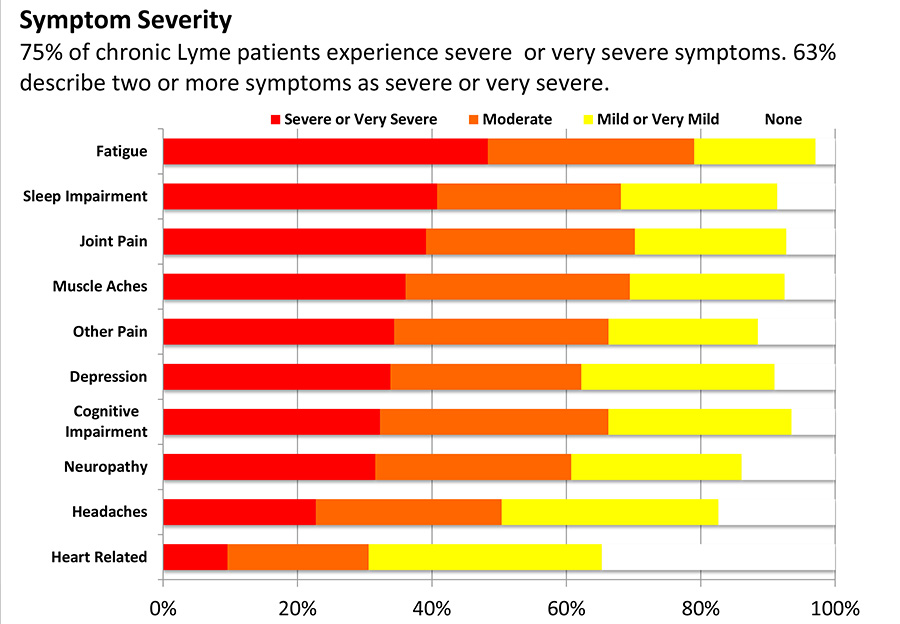
Lyme Disease Treatment
Like most bacterial infections, Lyme Disease is treated with antibiotics. As mentioned above, the treatment is most effective in stage 1. where doctors will prescribe oral antibiotics. However, if the disease has progressed to stage 2, doctors may call for more aggressive treatment, such as intravenous antibiotics. If the disease has been left untreated for a year or more after infection, the doctor will create a unique treatment plan with the patient. The unfortunate fact is that recovery from chronic Lyme can take years.
Lyme Disease Pictures: Identifying Lyme Disease
Remember, comparing a rash you have to pictures online is no substitute for a doctor’s visit.
Here are a few pictures showing what a tick bite may look like:
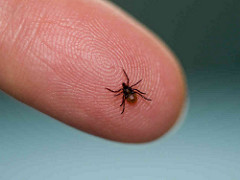
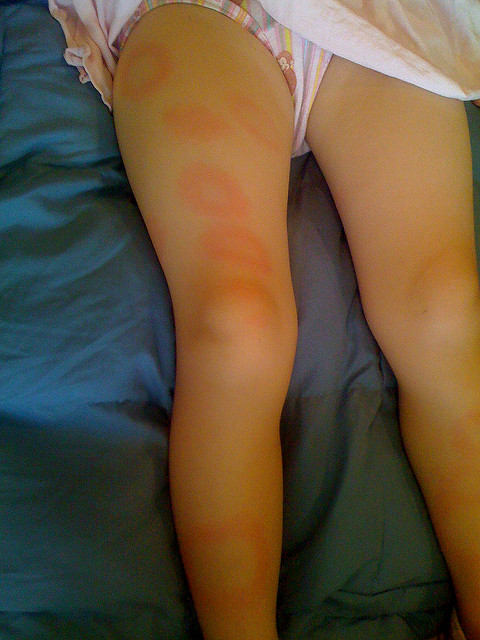
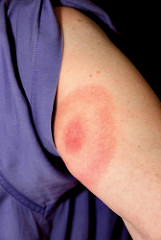
Lyme Disease Treatment: Is It Curable?
The disease is predicted to grow in the coming years, so watch out when you enter an area where there may be ticks. This includes during outdoor activities such as hiking, trail running, camping, and visiting the beach. When you visit a National or State park, ask the Rangers about Deer Ticks in the area and risks.
It’s curable if caught early and you use Lyme disease treatments in the form of antibiotics. Even in the late, chronic stage, illnesses and symptoms that occur can be eliminated by treatment. However, living with Lyme disease is difficult.
The information in this article was sourced from CanLyme.com, a great resource to learn more about the disease.
This information is not intended to be a substitute for professional medical advice, diagnosis or treatment and is for information only. Always seek the advice of your physician or another qualified health provider with any questions about your medical condition and/or current medication. Do not disregard professional medical advice or delay seeking advice or treatment because of something you have read here.
What To Do If You Think You Have Lyme Disease
Lyme disease is more prevalent in rural areas, so take extra caution when spending time outdoors or camping. You hopefully won’t have to use a Lyme disease treatment if you take preventative steps. It’s recommended to make a habit of checking your skin after spending time outdoors to look for ticks. But if it does happen, you can use tweezers to remove any ticks you find, and subsequently clean the area with rubbing alcohol.
If you suspect you might have contracted Lyme disease, visit your medical practitioner right away. Usually, they will prescribe a round of antibiotics to fight the infection. (WebMD)
